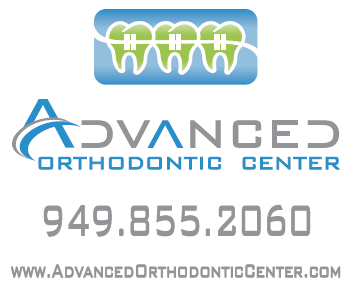There are many clear aligners— also known as alignment trays— available on the market these days. From services that will mail you aligners every few weeks to ones that provide the entire course of aligners to straighten your teeth at once, there are many options for people who want straighter teeth without the metal wires and brackets that traditional braces entail.
What’s the difference between Invisalign and other clear aligners/alignment trays?
Invisalign is the most popular clear aligner, but what is the difference between Invisalign and its competitors? The short answer is that Invisalign works with your dentist to provide the best treatment for your misaligned teeth.
What are alignment trays?
Traditional braces utilize moderate force to move teeth into the desired position. This is accomplished by immediately attaching brackets to the teeth and connecting them with wire. Crooked teeth, crowding, and gaps can all be corrected with braces. They can help correct more severe malocclusions such as overbite, underbite, or crossbite.
Alignment trays utilize modest pressure to reposition teeth as well. They are not fastened, but are constructed of flexible plastic that fits over the complete upper and lower set of teeth. The patient wears them for 20-22 hours per day, removing them only to eat, drink, and brush his or her teeth.
Patients are given a series of trays, each of which is supposed to be worn for two weeks before going on to the next tray. Based on impressions taken at the start of the process, the trays are custom manufactured to fit the patient.
Competitor Transparent Aligners
Both Invisalign and competitors provide transparent aligner tray techniques for teeth straightening. The most significant distinction between the two is that Invisalign is sold, applied, and monitored by professional dentists and orthodontists.
Industry competitors sell trays directly to consumers via the postal service using remote “tele-dentistry.” They are, in a sense, “cutting out the middleman,” which in this instance is the dentist or orthodontist. They have licensed dentists and orthodontists on staff, but the patient has no direct contact with them. It is a “doctor-directed at-home” procedure, according to the Smile Direct website.
Patients must create their own molds for their teeth when using these aligners. Additionally, they are the only ones monitoring their progress since a dentist isn’t checking up. As a result, even though the actual trays a patient receives are fairly comparable, Invisalign costs more than its competitors.
Alignment trays are effective for mild to moderate problems such as gaps, crowding, and mildly misaligned teeth. Those who have more serious issues may not be suitable candidates for the treatment. Patients who have the option of using alignment trays over braces frequently do so since they are more discrete and take less time to produce results. It’s also an advantage because they’re detachable and usually comfier.
Other clear aligners do not require dentist visits, and this may seem convenient, but ultimately can negatively affect the quality of treatment you receive. If you are molding your own teeth at home and then deciding for yourself when to switch aligners, you may make mistakes that a professionally trained practitioner may not.
If you want to get aligners you can trust, go with Invisalign from Advanced Orthodontic Center. Contact us today for more information on how your smile can reflect your true joy.
Schedule a FREE CONSULTATION TODAY!
Call Us at 949.855.2060



